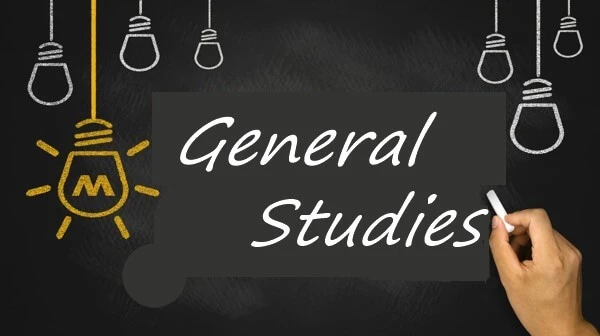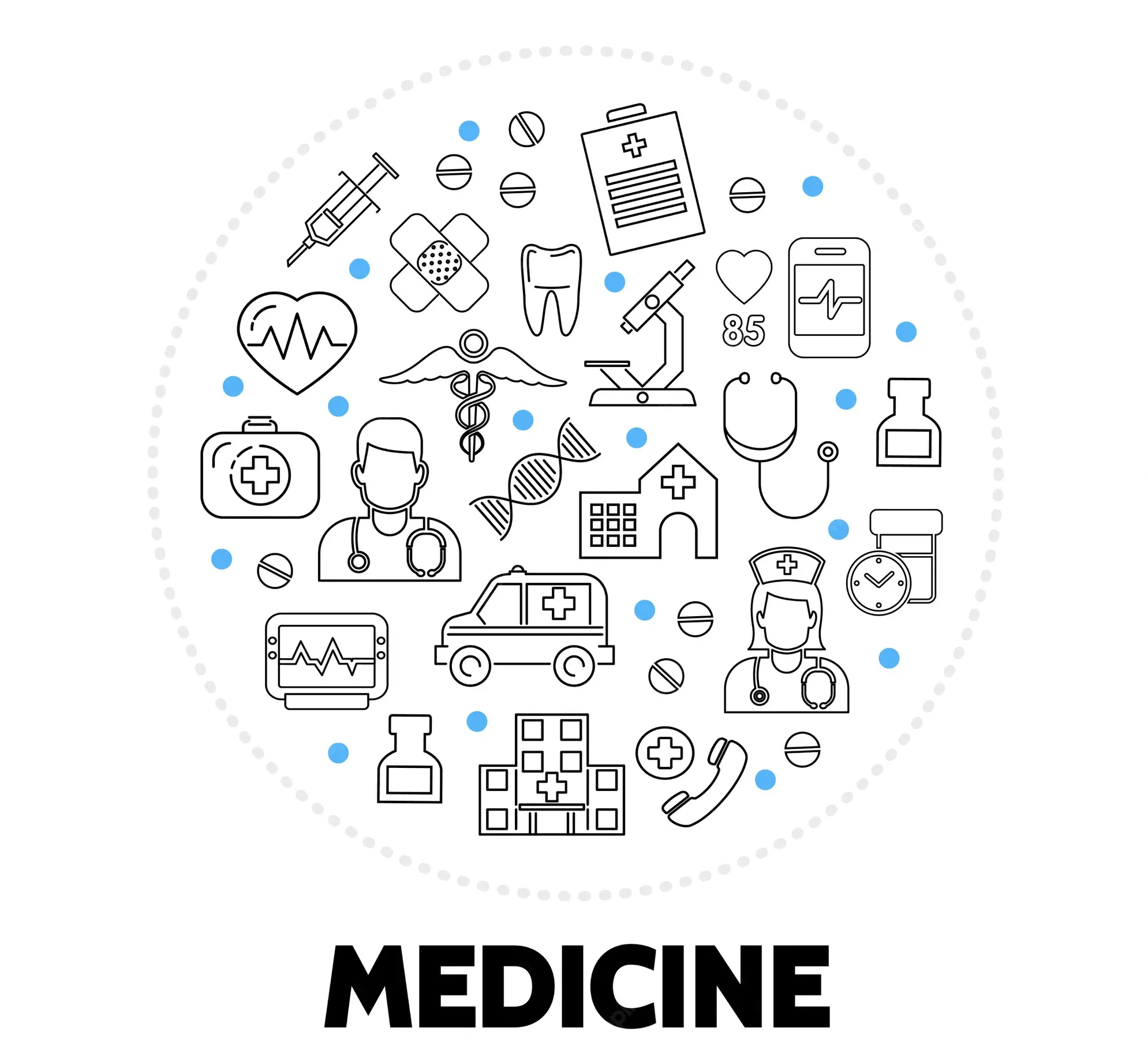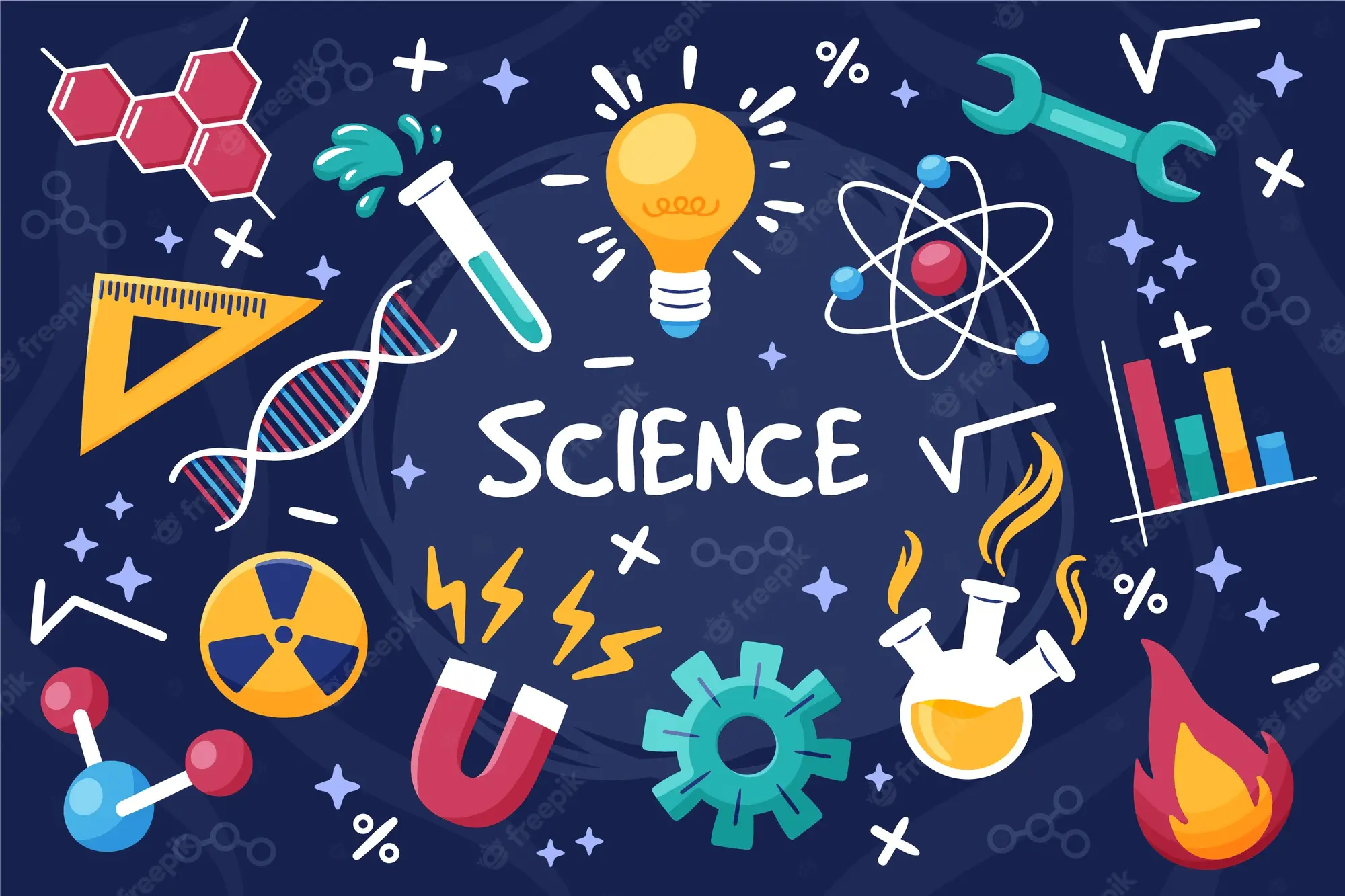Powder Metal Books
Chemical Principles (Part 2), 6th edition
Author: Peter Atkins, Loretta Jones, Leroy Laverman
School: Edo University
Department: Science and Technology
Course Code: CHM111
Topics: chemical equilibria, acid, base, weak acid, polyprotic acid, polyprotic base, aqueous equilibria, buffer, titrations, electrochemistry, redox reaction, galvanic cells, electrolytic cells, chemical kinetics, reaction rates, reaction mechanisms, catalysis, periodic trends, hydrogen, alkali metals, alkaline earth metals, boron family, carbon family, nitrogen family, oxygen family, halogens, noble gases, nuclear radiation, nuclear energy, d-Block elements, coordination compounds, organic chemistry, hydrocarbons, aliphatic hydrocarbons, aromatic hydrocarbons, polymers, biological compounds, nuclear chemistry, nuclear decay
Scilab Textbook Companion for A Textbook of Production Engineering
Author: Mayank Sahu
School: Federal University of Technology, Owerri
Department: Engineering
Course Code: MCE304
Topics: Press Tool Design, Scilab code, cost estimating, economics of tooling, limits, tolerance, fits, surface finish, metal forming processes, metal cutting, cutting tools, gear manufacture, thread manufacturing, statistical quality control, Kinematics of machine tools, Production planning, production control, plant layout
Foundations of Materials Science and Engineering, sixth edition
Author: William Smith, Javad Hashemi, Francisco Presuel-Moreno
School: Federal University of Technology, Owerri
Department: Engineering
Course Code: ENG207, ENG208
Topics: Atomic Structure, Atomic Bonding, Crystal structure, Amorphous Structure, Solidification, Crystalline Imperfections, Engineering Alloys, Phase Diagrams, Polymeric Materials, ceramics, Composite Materials, corrosion, light, superconductive materials, magnetic properties, biological materials, biomaterials, smart materials, bond, cubic unit cell, diffusion, alloy, metal, stress, strain, Poisson ratio, plastic deformation, gibbs phase rule, cooling curves, copper, iron, steel, cast iron, aluminum, magnesium, titanium, nickel, thermoplastic, thermost, elastomer, rubber, glass, concrete, asphalt, wood, sandwich structures, corrosion rates, metal-matrix, ceramic-matrix, galvanic cells, microelectronics, nanoelectronics, semiconductors, light, electromagnetic spectrum, laser, luminescence, optical fibers, superconducting materials, ferromagnetic, magnetic field, ferromagnetism, tendon, ligament, articular cartilage
Author: Efosa
School: University of Ibadan
Department: Science and Technology
Course Code: CHE127
Topics: periodic table, periodicity, hybridization, metal, descriptive chemistry, transition metal, radioactivity
33 Years NEET-AIPMT Chapterwise - Topicwise Solutions Chemistry
Author: MTG Editorial Board
School: International Exams
Department:
Course Code: NEET, AIPMT
Topics: chemical combination laws, Dalton's atomic theory, atomic masses, molecular mass, empirical formula, molecular formula, chemical reactions, stoichiometry, atomic number, isotopes, isobars, Heisenberg uncertainty principle, quantum numbers, Pauli exclusion, Hund's rules, atom electronic configuration, ionic radii, ionization enthalpy, electron gain enthalpy, electronegativity, valence, valence electrons, chemical bonding, molecular structure, ionic bond, covalent bond, Lewis structure, valence bond theory, VSEPR theory, Boyle's law, Charles's law, Gay Lussac's law, Avogadro's law, thermodynamics, equilibrium, Redox reaction, hydrogen, Alkali earth metals, alkaline earth metals, organic chemistry, hydrocarbons, alkanes, alkenes, alkynes, aromatic hydrocarbons, Benzene, aromacity, environmental chemistry, solid state, solutions, electrochemistry, chemical kinetics, surface chemistry, coordination compounds, Haloalkanes, alcohols, phenols, ethers, Aldehydes, ketones, carboxylic acids, amines, cyanides, Diazonium, salts, biomolecules, carbohydrates, proteins, hormones, vitamins, nucleic acids, DNA, RNA, polymers
Author: CHE UI
School: University of Ibadan
Department: Science and Technology
Course Code: CHE126
Topics: atomic shells, orbital shapes, sub orbitals, spin quantum number, atom electronic configuration, Alkali metals, Alkaline earth metals, carbon group, catenation, metallic character, electronegativity, hybridization, inorganic stereochemistry, metal elements, Down's process
Foundation chemistry Access chemistry
Author: AO Oyewale, FM Folarinmi
School: National Open University of Nigeria
Department: Science and Technology
Course Code: CHM001
Topics: elements, compounds, atomic theory, chemical reaction, atom constituents, chemical symbols, chemical formulae, chemical reactions, chemical equations, electronic configuration, atomic number, mass numbers, nuclear atom, electronic, energy levels, Ion formations, nuclear reactions, radioactivity, nuclear radiations, nuclear fusion, nuclear fission, radioactivity hazards, chemical bonding, electrovalent bonding, Ionic bonding, electrovalent compounds, covalent bonding, covalent compounds, coordinate covalent bonding, dative covalent bonding, metallic bonding, intermolecular bonding, Van der Waal's forces, dipole-dipole attractions, hydrogen bonding, periodic table, periodic law, transition elements, atomic orbital model, principal quantum number, subsidiary quantum number, azimuthal quantum number, magnetic quantum number, spin quantum number, atomic orbital shape, atomic size, ionic radius, ionization energy, electron affinity, electronegativity, mole concept, melting, vaporization, boiling point, evaporation sublimation, heating graphs, cooling graphs, Boyle's law, Charles's law, Avogadro's law, boiling, solid classification, solid properties, molecular solid, metallic solid, Ionic solid, covalent solid, energy changes, heat content, heat of reaction, exothermic reactions, energy level diagrams, standard state, thermochemical equations, entropy, entropy change, free energy, chemical kinetic, rate of a chemical reaction, temperature, gas pressure, catalyst, activation, reaction rate, collision theory, Le Chatelier's principle, Haber process, contact process, salt hydrolysis, buffer solutions, common Ion effect, solubility product, Acid bases, salt, electrolysis, redox reactions, electrolytic conduction, oxidation, reduction, copper purification, electroplating, quantitative hydrolysis, metal corrosion, iron rusting, carbon, carbon allotropes, Diamond graphite, amorphous carbon, combustion reactions, industrial gas chemistry, metals, alloys, chemical industry, heavy chemicals, fine chemicals, fertilizers, plastics, soaps, detergents, pharmaceuticals, Nigerian chemical industry, aromatic compounds, Alicyclic compound, heterocyclic compound, homologous series, functional groups, isomerism, structural isomerism, geometric isomerism, IUPAC Nomenclature of organic compounds, purification methods, distillation, crystallization, chromatography, empirical formula, molecular formular, alkanes, natural gas, petroleum crude oil, benzene, fractional distillation petrol quality, cracking, isomerization, petrochemicals, alkanols, alkanoic acid, alkenoate, fat, oils, amino acid, polymer chemistry, polymerization processes, condensation polymerization, resins, natural polymers, carbohydrates, proteins, synthetic polymers, water pollution
Introduction to engineering materials lecture digest
Author: ENGR U MARK
School: Federal University of Technology, Owerri
Department: Engineering
Course Code: ENG207
Topics: Atomic bonding, classification of materials, atomic packaging and crystal structures, unit cells and lattice points, pyrometallurgy, hydro metallurgy, electrometallurgy
Introduction to material science tutorials and assignment work book
Author: ENG207
School: Federal University of Technology, Owerri
Department: Engineering
Course Code: ENG207
Topics: Metallic Materials, metal, alloy, Ceramic Materials, Polymeric Materials, polymers, Composite Materials, chemical bonds, bonding, covalent bond, ionic bond, metallic bond, crystal structure, crystallography, atomic packing, Bravais lattices, crystal, unit cell, lattice point, crystallographic planes, density, Geometrical arrangement, solubility
Textbook of Forensic Medicine and Toxicology Principles and Practice,Fifth Edition
Author: Vij Krishan
School: University of Nigeria, Nsukka
Department: Medical, Pharmaceutical and Health science
Course Code: PAT403
Topics: Forensic Medicine, Indian Legal System, Medicolegal Autopsy, Exhumation, Obscure Autopsy, Anaphylactic Deaths, Artefacts, Forensic Thanatology, death, sudden death, unexpected death, Asphyxial Deaths, Infanticide, Foeticide, Thermal Deaths, Starvation, Neglect, Electrocution, injuries, blunt force injury, sharp force injury, firearm injury, explosive, regional injury, Transportation Injuries, Clinical Forensic Medicine, trauma, Medical Education, Medical Practice, Medical Negligence, Acquired Immunodeficiency Syndrome, abortion, delivery, Impotence, Sterility, Sterilisation, Artificial Insemination, Forensic Psychiatry, Forensic Toxicology, Corrosive Poisons, poisoning, Nonmetallic irritants, Metallic Irritants, Somniferous Group, alcohol, alcoholism, Non-narcotic Drug Abuse, Deliriant Poisons, Spinal Poisons, Cardiac Poisons, Agro-Chemical Poisoning, Fumigants, Asphyxiants, Chemical Warfare Agents, Biological Warfare Agents, Hydrocarbons, Petroleum Distillates, Food Poisoning, Essential Metals’ Toxicity
Departments

Administration, Social and Management science

Agriculture and Veterinary Medicine

Arts and Humanities

Education

Engineering

General studies

Law

Medical, Pharmaceutical and Health science

Science and Technology